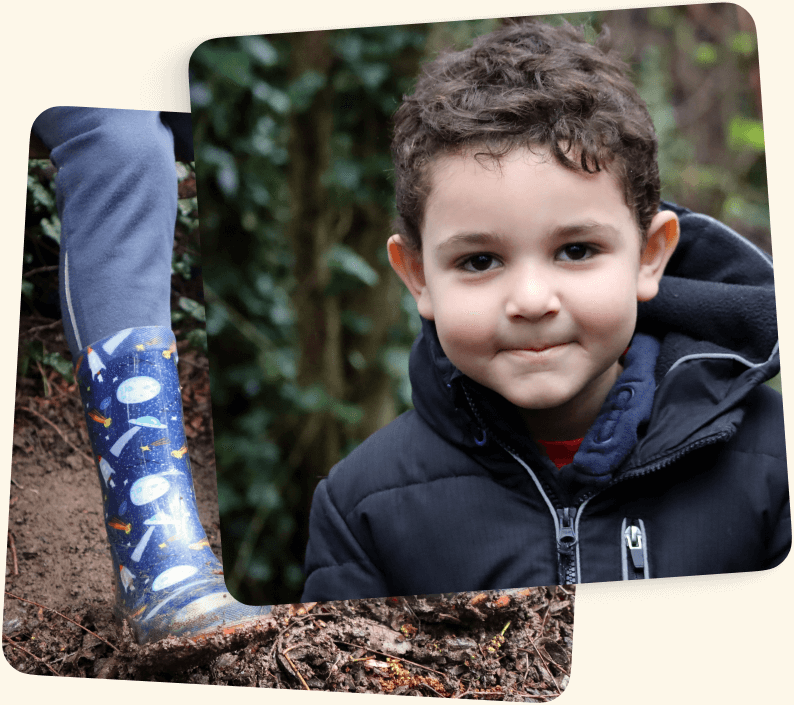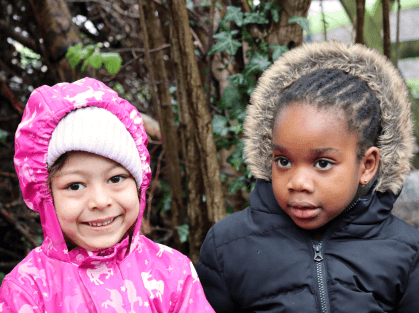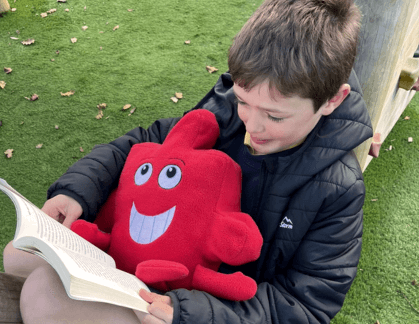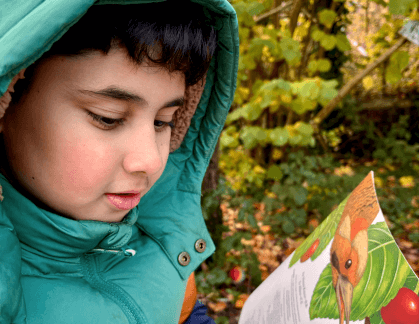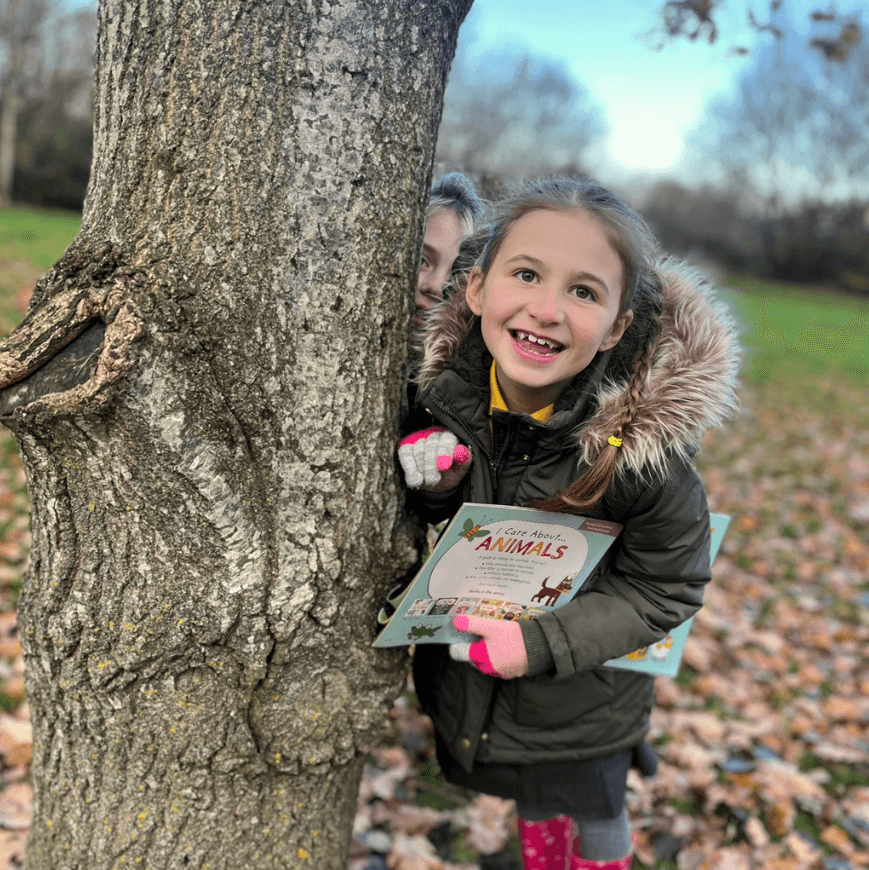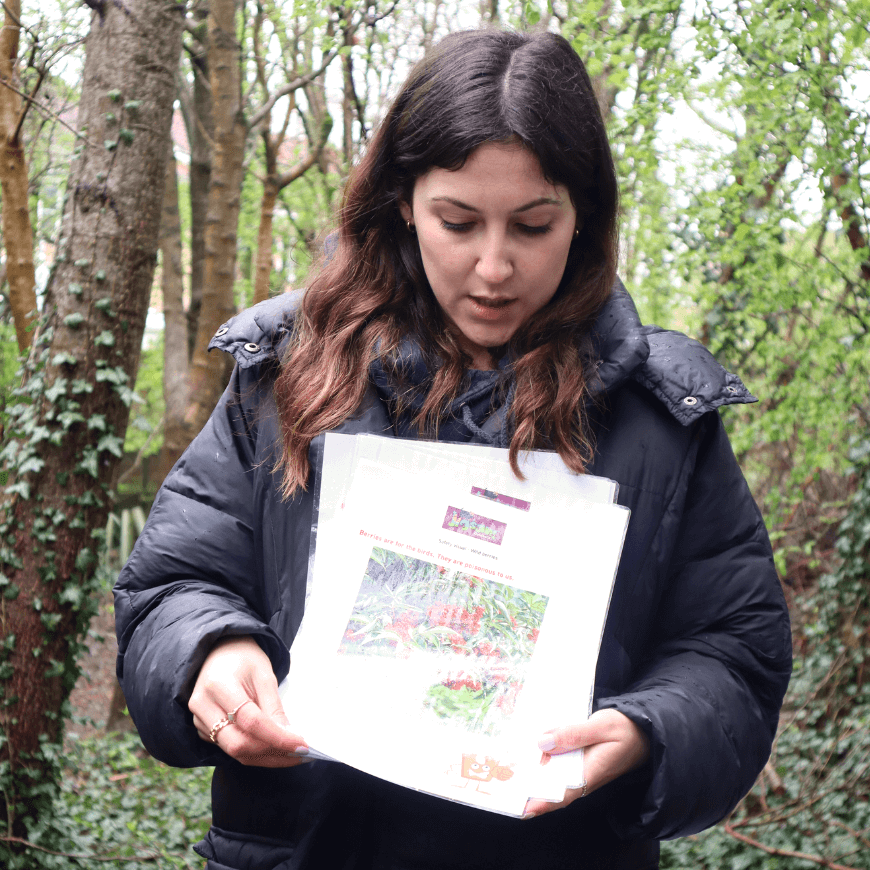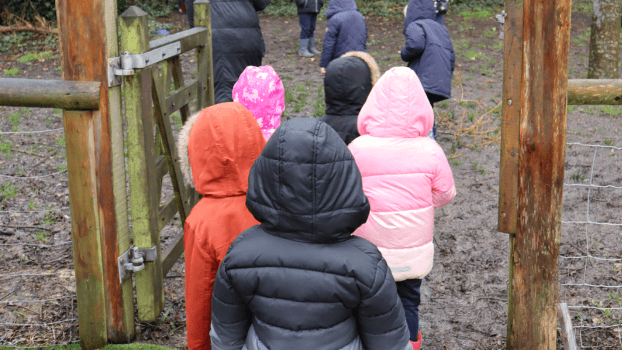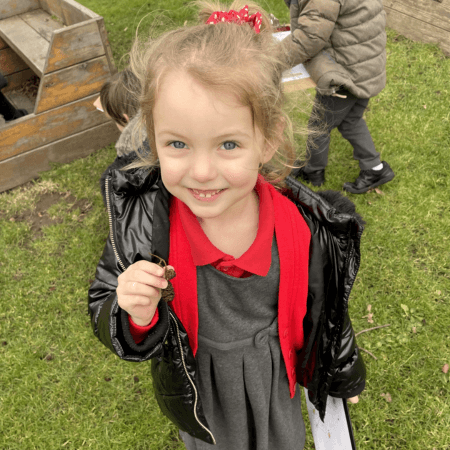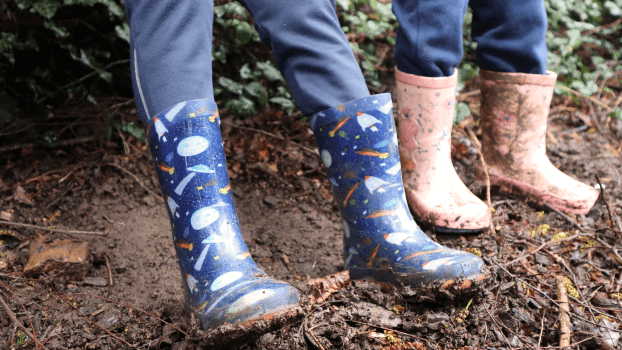Our Outdoors programme is designed to take personal, social and emotional learning into the natural environment, helping children explore, connect and grow beyond the classroom walls.
Our Outdoors programme is designed to take personal, social and emotional learning into the natural environment, helping children explore, connect and grow beyond the classroom walls.
When children are outside, they’re not just moving, they’re thinking, discovering, and building essential life skills. Outdoors learning helps pupils develop confidence, resilience and social skills, all while deepening their connection to themselves and the world around them.
Why outdoors?
Research shows that learning outside can improve mental health, boost self-esteem, and encourage active, engaged learning.
